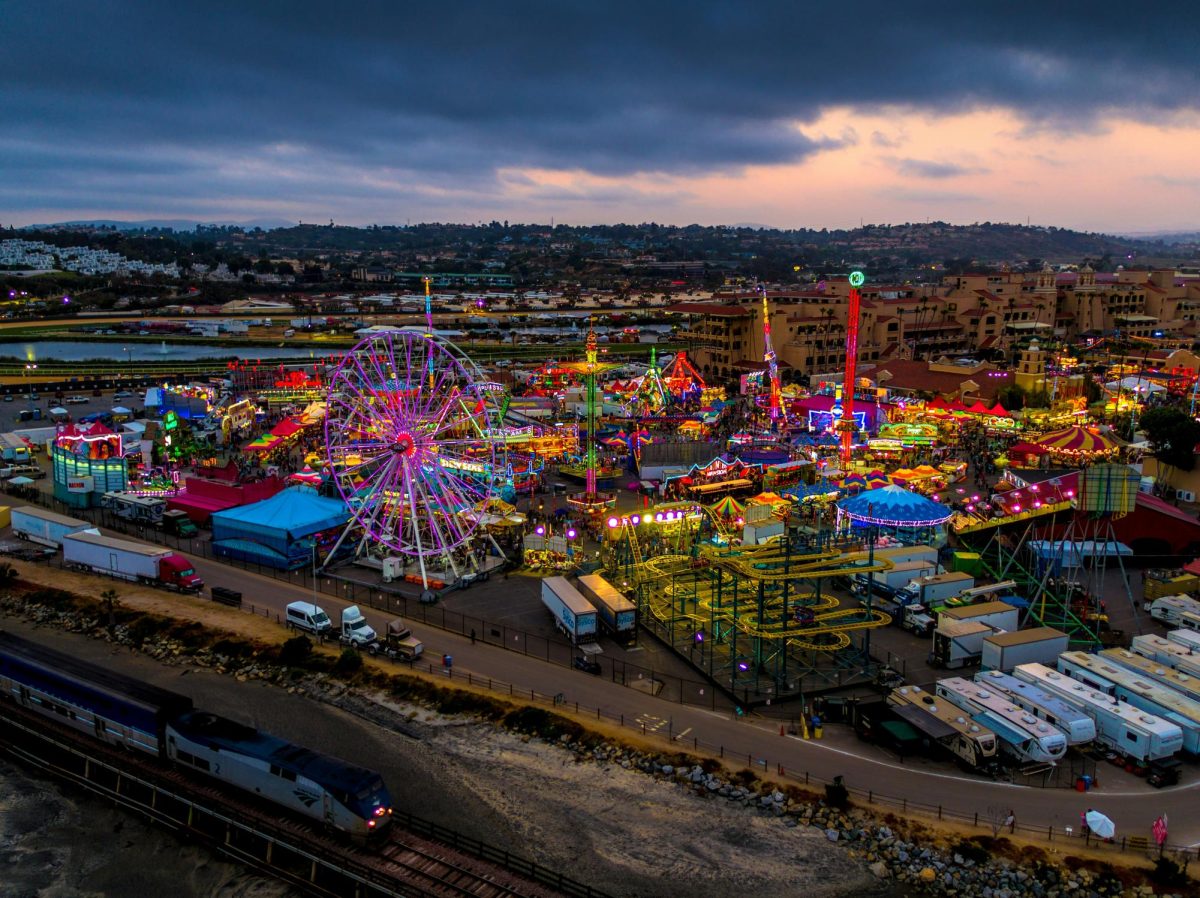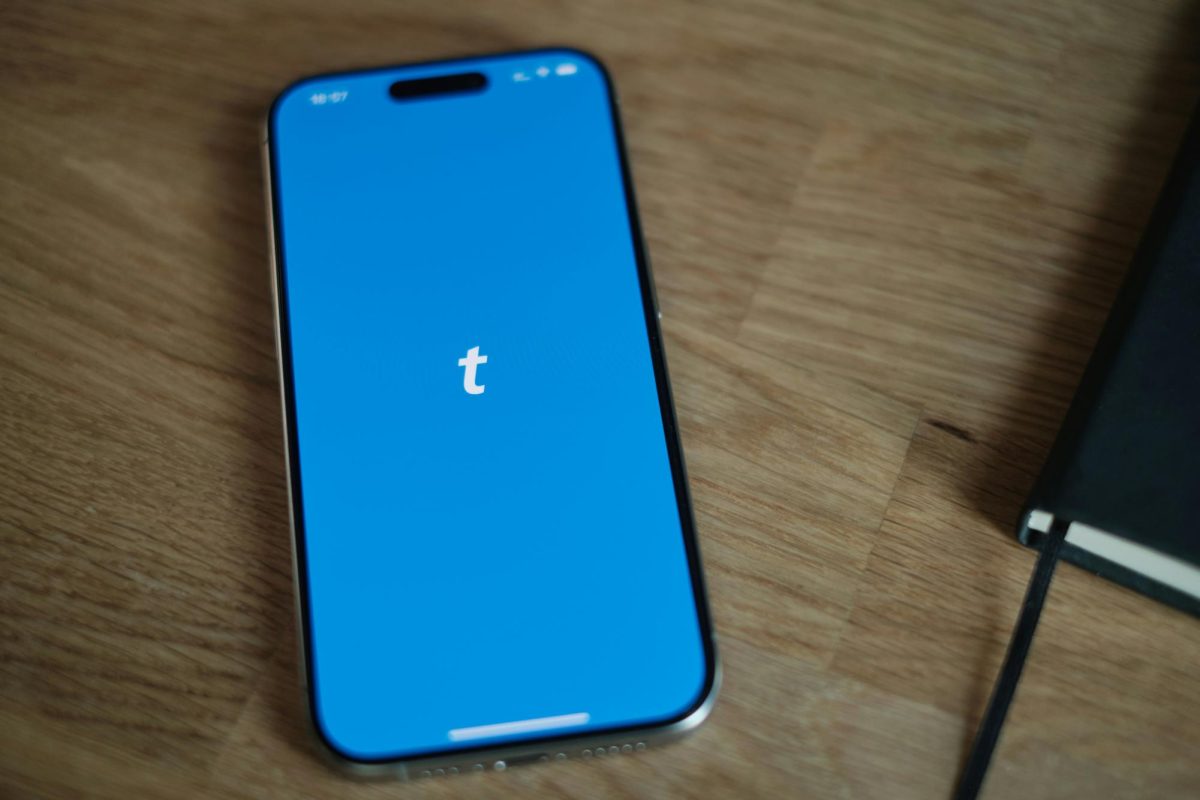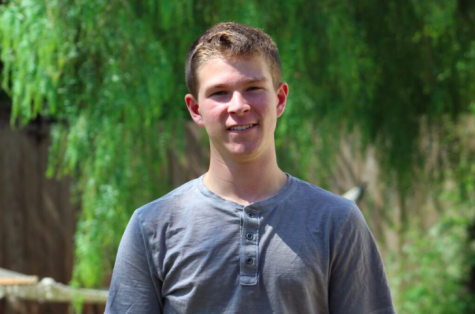Guns are a problem. How we deal with them is up to us.

Guns are a problem that needs to be dealt with, one way or another.
December 11, 2015
December has already proven to be a fairly complicated month for opponents of gun control. However, the battle between pro- and contra-gun control advocates is only just heating up amidst developing fears of terrorist activity in the U.S. Some see recent events as a call for increased domestic armament, while others demand all-out bans of weaponry.
Unwilling to engage in the growing clash, the United States Supreme Court declined a case on Monday, Dec. 7, 2015 challenging a north-Chicago suburb’s municipal code which outlaws assault rifles.
By refusing to enable the likely large ensuing court battle, the justices have upheld previous rulings in lower courts that deemed the city of Highland Park’s law code allowable, even though the Second Amendment secures a U.S. citizen’s right to bear arms.
A lack of enthusiasm for the prospect of being involved in one of the most politically charged topics of the year is understandable, especially in the wake of the San Bernardo terrorist attacks, the Planned Parenthood attack in Colorado, and the shooting at an Oregon community college campus earlier this year. But, a definitive ruling on the issue of gun control would greatly clarify the role that guns serve for American citizens under the Second Amendment and guide the construction of new policies to accommodate an ever-changing American society.
The Supreme Court carries a mixed history when it comes to issues involving gun control. In 2008, the Supreme Court ruled against gun control in District of Columbia v. Heller. The District of Columbia (D.C.) supposedly allowed gun ownership as long as a gun carrier obtained a permit, but gun permits were seldom issued in the D.C. area. Essentially, D.C. banned any form of gun ownership, which is against the Second Amendment guarantee of legal gun ownership, for protection or sport, to all Americans. Though it did set a precedent for future court cases across the nation, one of the key points of the case highlighted the fact that citizens are entitled to ownership of some gun, so it did not grant unlimited access to guns.
Just as District of Columbia v. Heller set precedents against gun control, by failing to challenge previous rulings – whether out of fear of or support for gun control – the U.S. Supreme Court justices have set another precedent in favor of “limited” gun control, which rules out larger weapons like semiautomatic guns.
While some have concluded their fight by labeling actions of the Supreme Court as a type of unvoiced support for gun control, Royce Dias ’16 doesn’t think it will bring any drastic changes. In fact, he believes that the law itself does little to change reality at all.
“It will definitely set a precedent for pro-gun advocates to follow, but I don’t think it is as effective as people think it will be,” Dias said.
Lawmakers are convinced that as soon as they enact legislation opposing gun ownership – even targeted gun ownership like that of assault weapons – the gun violence crisis will immediately halt, but in reality a law only goes as far as people value its importance.
Right now, many gun owners, as would be expected, are feeling personally persecuted and fearful that, with a moment’s notice, their guns could be confiscated and a hobby, or potential safety blanket, could be ripped out right from under them. The aggressive tactics used by gun control advocates both within and surrounding the political arena are only making potentially productive conversation about gun violence in America more convoluted and misdirected. Without the communication and understanding of a common value in decreasing gun-related violence, neither side of the debate is going to be willing to compromise.
As gun owners are quick to point out, laws haven’t proven to make much of a difference – at least that’s what the shooting in California demonstrated. California has some of the strictest gun laws in the nation, and yet one of the most recent gun-related tragedies took place in San Bernardino and had possibly even been planned for months or years ahead of time.
That said, however, even California’s gun laws don’t seem to be as strict as they could and maybe should be. All a person needs in California is a driver’s license that says they’re 21 and they can walk into any gun store and purchase a firearm. Though there is a restriction of 30 days between firearm purchases and certain other factors disqualify a person from owning a firearm, it can hardly be said that California’s gun laws are “strict.”
To gun owners who think the laws aren’t working, many gun control supporters affirm that, indeed, the gun owners are correct. The laws aren’t working. After hearing this, I am sure many gun owners would rejoice, believing they had won the long strung-out battle over bullets…until gun control supporters finish their thoughts, explaining that recent incidents warrant even stricter gun laws.
And they’re right. If legislation is going to work in the fight against gun violence, there needs to be stricter, better drafted versions of current laws and they need to be enforced across the nation.
“We definitely need stricter gun laws, but it’s hard to tell how effective they can really be,”
Ben Fisher ’16 said. “It is too easy to obtain a gun, but it could prove impossible to enforce [gun] restrictions, especially when laws differ by state.”
This is definitely a case of a weak link compromising the integrity of entire chains here. If only a few states enact strict laws, there won’t be much of a widespread change across the nation because guns will be just as easily bought in other states and stored at home, even in states where there are laws preventing the ownership of some guns. In the long run, laws won’t make the country safer until every state, at least in the continental U.S. has approved tried and tested gun laws that actually prevent tragedies instead of compensating for them after the fact. The United States is experimenting with legislation it has never had before, so it is understandable that there would be some mixed results, at least at first.
Of course, the best option in curing the American gun crisis, as Royce Diaz started to hint at earlier, is curing the illnesses plaguing our society before they cause problems that lead to gun violence. It is certainly ironic, after all, if politicians attempt to wage a war on guns, even with policy that only mimics the real thing.
“The law code and Supreme Court reaction to it are both ineffective in that they only attempt to solve the surface level of the problem instead of the deeper issues that motivate gun violence like poverty, mental illness, and illegal gun sales,” Dias said.
The only sustainable way to rid our society of the atrocities and violence linked to gun ownership is to target a large part of the problem represented in social issues like poverty and mental illness, and legal issues like under-the-table gun sales.
The more impoverished people are, the more likely they are to turn to crime as a means of survival. It can be pretty tough, if not nearly impossible, to get back on one’s feet after being homeless. Oftentimes, those who fall into those unfortunate circumstances have little to no education, so finding a job was already difficult before they lost their home. Now that they don’t have a permanent address, applying even for menial part-time work can be exhausting and challenging. For those that have a family of mouths to feed on top of this, getting out of the ghetto or the homeless shelter can take years and year. Oftentimes, it is tempting to take the lower, yet easier road out of trouble and turn to small petty theft. But, after taking that turn, violence is often not too far down the road.
By enacting policies to help those who have it hardest, we can attempt to give another opportunity to those contemplating crimes, especially those involving guns.
Another large contributing factor to the gun crisis is mental health. America has a large issue with the stigma of having a mental disease. The label of “crazy” comes with its own side effects, including those of not wanting to seek available mental treatment. If we transformed the stigma and perception associated with mental health, many would be more willing to pursue treatment options, making them less likely to become dangerous to themselves and society.
Guns are a problem now and they will continue to be a problem unless we do something about it. What we do doesn’t have to be banning guns altogether, but doing nothing should not be an option.
If you can think of nothing else, in times like these, we all need to be looking out for each other. If you see something, say something. The worst that could happen is it would be a false alarm. Always extend a helping hand to those in need, always be ready for a conversation with someone lonely. Our goal should be to continue to strengthen our society into a cohesive community that can be trusted to keep each other’s best interests in mind.





















































